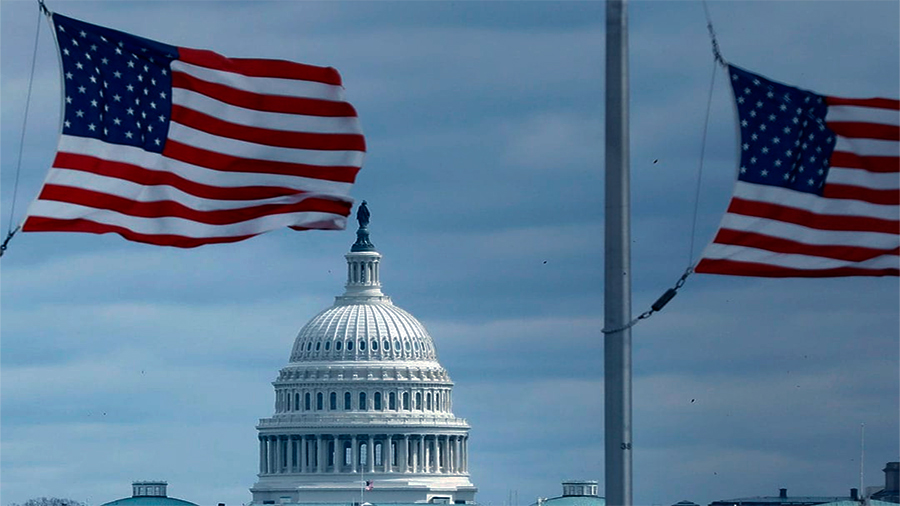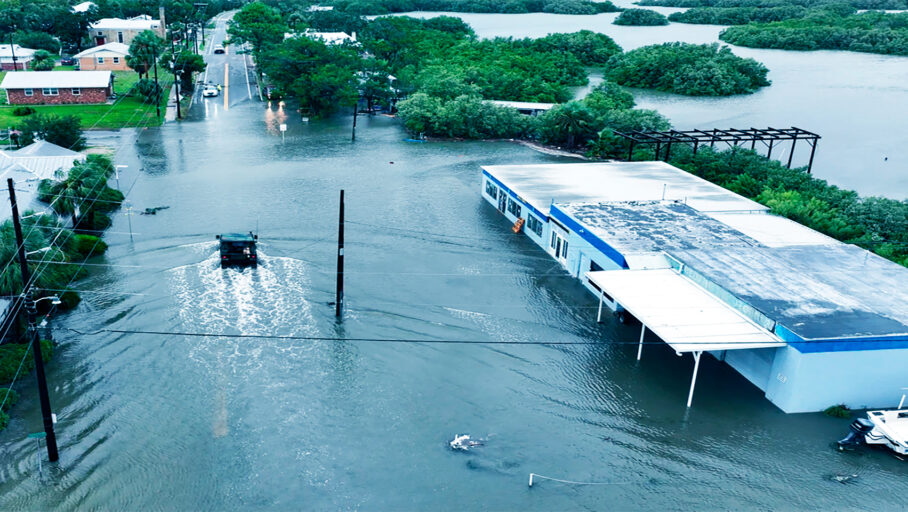Too Many Loans: Signs of Market Oversaturation and What This Means
Walk through any high street or scroll through your phone, and chances are you’ll see another ad for a quick loan, a zero-interest buy now/pay later offer, or a fintech startup promising instant credit. Lending has never been easier — or more widespread. But easy access can be a double-edged sword. When loans are everywhere, and everyone’s lending or borrowing, markets can get saturated. And that’s when things start to wobble.
Loan oversaturation doesn’t just mean a lot of borrowing — it means too much debt is being issued in too short a time, often with little oversight. It often signals aggressive expansion by lenders, looser credit standards, and borrowers who are stacking debts without the income to back them. While it may create short-term growth, it builds long-term risk. The more saturated a lending market gets, the more vulnerable it becomes to rising defaults, squeezed margins, and sudden slowdowns. The warning signs are real, and ignoring them is costly.
What Oversaturation Looks Like in Lending
Too many loans in a single sector or region may sound abstract, but the signs are visible to anyone paying attention. Borrowers start missing payments. Lenders begin advertising to riskier customers. Banks and credit providers reduce interest rates just to stay competitive. The overall quality of loans starts to fall — and with it, the health of the market.
Let’s break down some of the most common signals:
- Rising default rates: When a large percentage of borrowers can’t keep up with repayments, it often means they were overextended to begin with.
- Lower approval standards: Lenders may start approving clients they previously rejected, just to meet volume targets.
- High marketing intensity: Nonstop credit offers and pre-approved campaigns are signs that lenders are pushing beyond natural demand.
- Overlapping loans: Borrowers juggle multiple loans from different providers, often to pay off old ones.
- Compressed margins: Interest rates fall as lenders compete, reducing profits and making risk harder to price correctly.
These conditions don’t develop in isolation. They tend to feed each other. More aggressive lending leads to higher default risk, which forces lenders to either tighten credit (shrinking business) or take even more risks to stay afloat — often triggering a downturn.

Which Sectors Are Showing Saturation Signs?
Not every part of the loan market reacts the same way. Some areas are more sensitive to consumer trends, investor sentiment, or macroeconomic shifts. Here are a few sectors that have been showing signs of oversaturation lately:
- Consumer Credit: Credit cards, payday loans, and buy-now-pay-later programs are booming — but delinquencies are rising too.
- Small Business Loans: Many small firms have multiple overlapping credit lines, often secured through quick online platforms with minimal vetting.
- Mortgage Lending: Some markets see rising loan-to-value ratios as banks try to attract borrowers in highly competitive housing sectors.
- Peer-to-Peer Lending: Platforms that once promised high returns are seeing rising investor exits and concerns over repayment rates.
- Student Loans: In many countries, student debt has ballooned without a proportional increase in post-graduation income, driving long-term financial stress.
These trends point to a broader issue: too much lending, without enough scrutiny, creates systemic instability. And when one of these sectors falters, it often spills over into others.
Why Loan Oversaturation Matters
At first glance, more loans might seem like a good thing — more spending, more investment, more activity. But beneath that surface is a web of vulnerability. When borrowers are stretched thin, any shock — job loss, rate hike, economic slowdown — can tip them into default. And when defaults rise, lenders pull back. That credit pullback affects not just risky borrowers but healthy ones too. It slows business expansion, housing development, and consumer activity across the board.
For investors, saturated markets mean lower returns and higher risk. The hunt for yield can lead to poor decisions — pouring money into platforms or sectors with little oversight or track record. For governments, it often means stepping in with regulations or bailouts after the damage is done. And for everyday borrowers, it means living in a financial system where credit feels easy but becomes dangerous when circumstances shift.
What Lenders and Platforms Should Do
For lenders, recognizing saturation early is key. That means focusing on credit quality rather than volume. Strengthening borrower assessments, limiting exposure to vulnerable regions or industries, and adjusting interest rates to reflect real risk all help maintain sustainability.
Fintech platforms, especially those offering peer-to-peer or app-based credit, must resist the temptation to scale too fast. Many gained traction by underwriting loans in days instead of weeks — but at some point, speed must give way to security. Investor trust will evaporate if defaults soar. Transparency around repayment performance, borrower profiles, and platform risk models is essential.
How Policymakers Can Intervene
Regulators don’t need to shut down credit — but they do need to slow it down when things get overheated. Macroprudential tools like debt-to-income caps, loan-to-value ratios, and capital reserve requirements allow regulators to cool down hot markets without choking off lending completely.
Public reporting requirements for digital lending platforms and credit data sharing across borders could help reduce risky stacking of loans. Monitoring for hidden leverage — such as personal loans used to fund speculative investments — is also essential. By acting early, governments can reduce the need for costly interventions later.

What Borrowers Can Watch For
Consumers and business owners also play a role. If you’re being offered credit constantly, or feel like it’s too easy to qualify, that’s not always a gift — it might be a trap. Pay attention to your own borrowing habits:
- Are you taking new loans to pay old ones?
- Are most of your payments going toward interest, not principal?
- Have your income or assets changed — or is your debt growing faster than your finances?
- Are you relying more on short-term or revolving credit?
If any of these sound familiar, it may be time to pause, consolidate debt, and shift focus to reducing liabilities. Financial discipline in a saturated market often means saying no to the easiest offers.
The Role of Investors
Investors, too, should view oversaturation as a signal — not just a market condition. If you’re invested in lending products, platforms, or securitized loan bundles, now is the time to check exposure. Look closely at where the yield is coming from. Is it sustainable? Is the borrower base diversified? Are defaults trending upward?
Diversification is key. So is limiting exposure to high-risk lending types that may implode in a downturn — particularly unregulated consumer credit, high-LTV mortgages in overheated markets, or loans originated without strong income verification.
Conclusion
Loan oversaturation is easy to miss until it’s too late. On the surface, it looks like a booming credit market — more offers, more spending, more growth. But under the surface, the signs are there: looser standards, rising defaults, compressed margins, borrower fatigue. When too many players chase the same borrowers, the system stretches. Eventually, it snaps.
Recognizing the signs early — whether you’re a lender, investor, borrower, or policymaker — is the difference between reacting to a crash and preventing one. Oversaturation isn’t just a financial statistic. It’s a warning that the cycle is close to its limit. And the smart move is to adjust before the reset comes.






